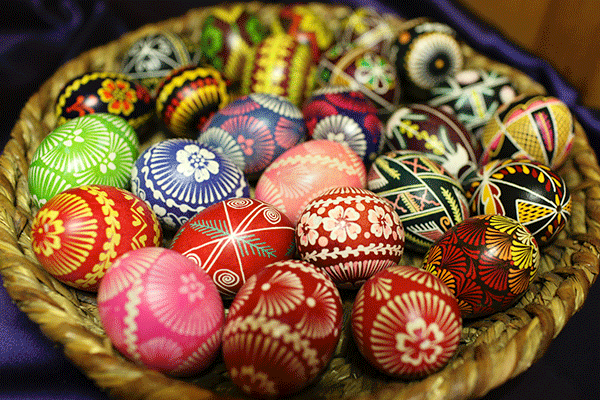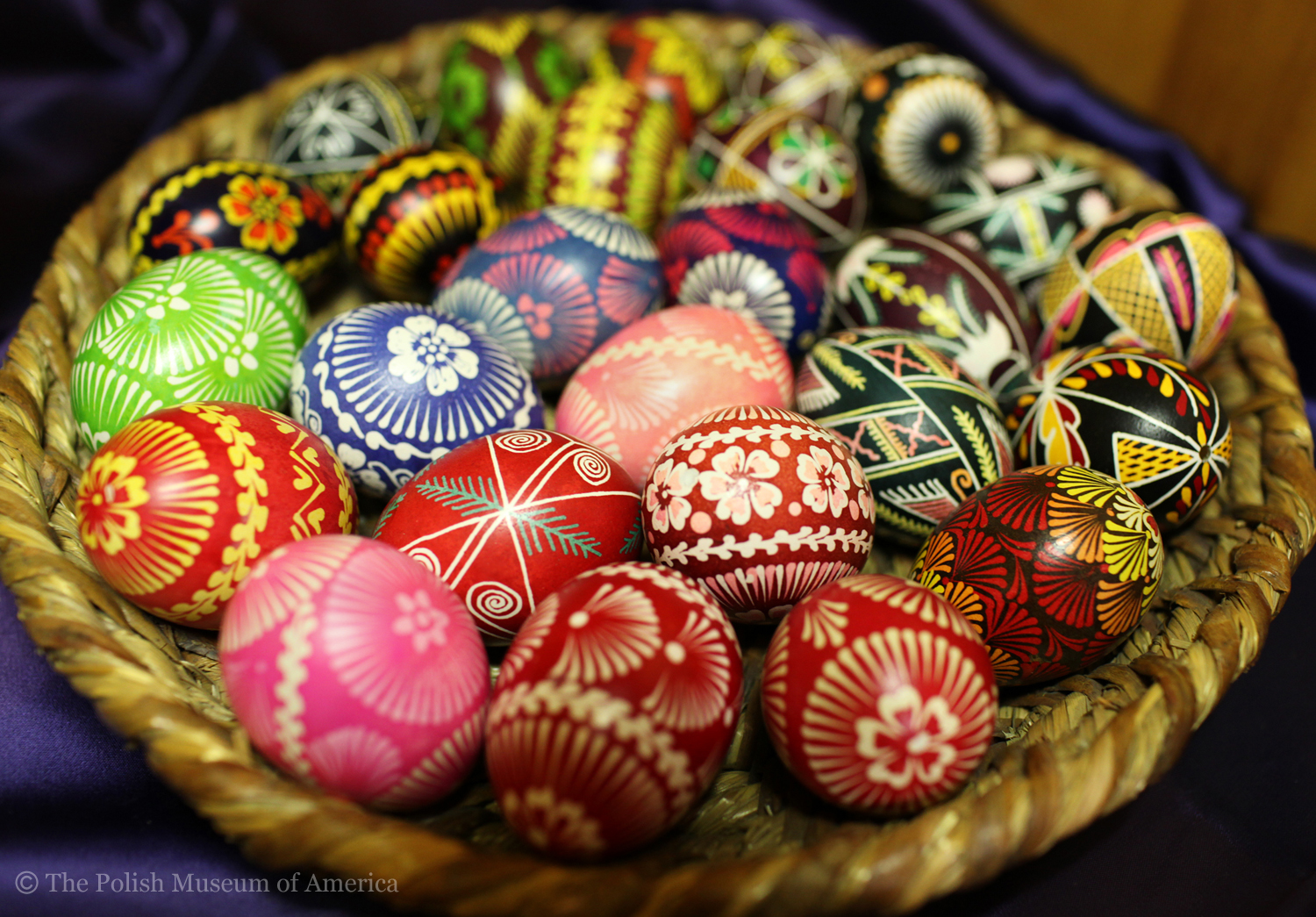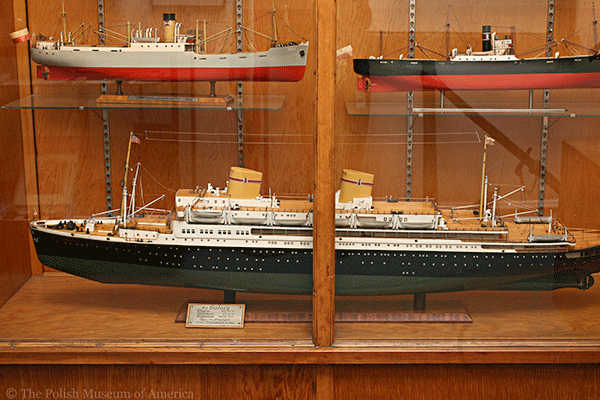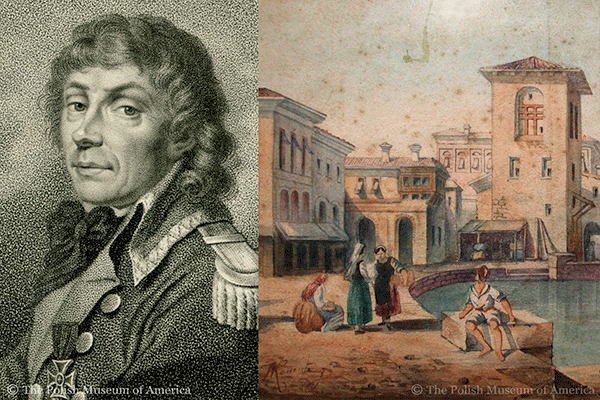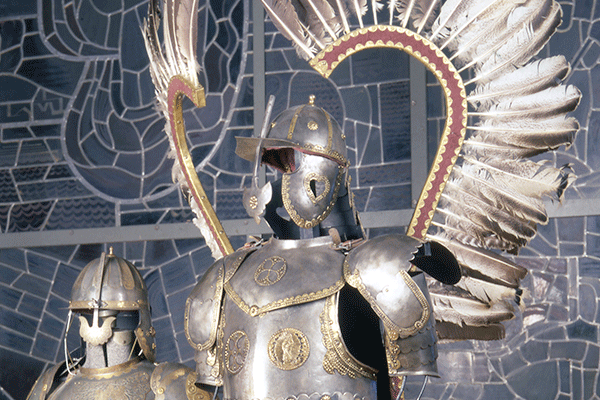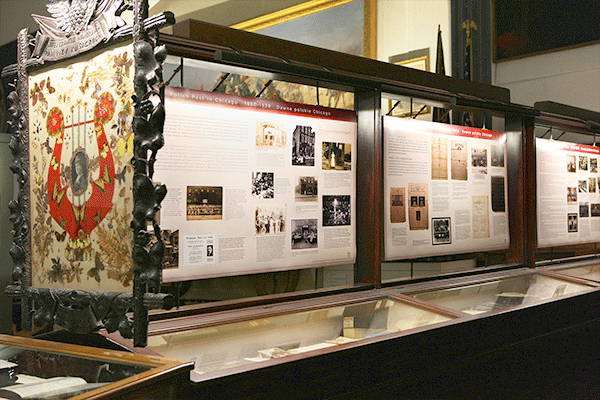Characteristically folk art is not influenced by movements in academic or fine art circles, and, in many cases, folk art excludes works executed by professional artists and sold as “high art” or “fine art” to the society’s art patrons. On the other hand, many 18th- and 19th-century American folk art painters made their living by their work, including itinerant portrait painters, some of whom produced large bodies of work.
Terms that might overlap with folk art are naïve art, tribal art, primitive art, popular art, outsider art, traditional art, tramp art and working-class art/blue-collar art. As one might expect, these terms can have multiple and even controversial connotations but are often used interchangeably with the term “folk art”.
Folk art expresses cultural identity by conveying shared community values and aesthetics. It encompasses a range of utilitarian and decorative media, including cloth, wood, paper, clay, metal and more. If traditional materials are inaccessible, new materials are often substituted, resulting in contemporary expressions of traditional folk art forms. Folk art reflects traditional art forms of diverse community groups — ethnic, tribal, religious, occupational, geographical, age- or gender-based — who identify with each other and society at large. Folk artists traditionally learn skills and techniques through apprenticeships in informal community settings, though they may also be formally educated.

